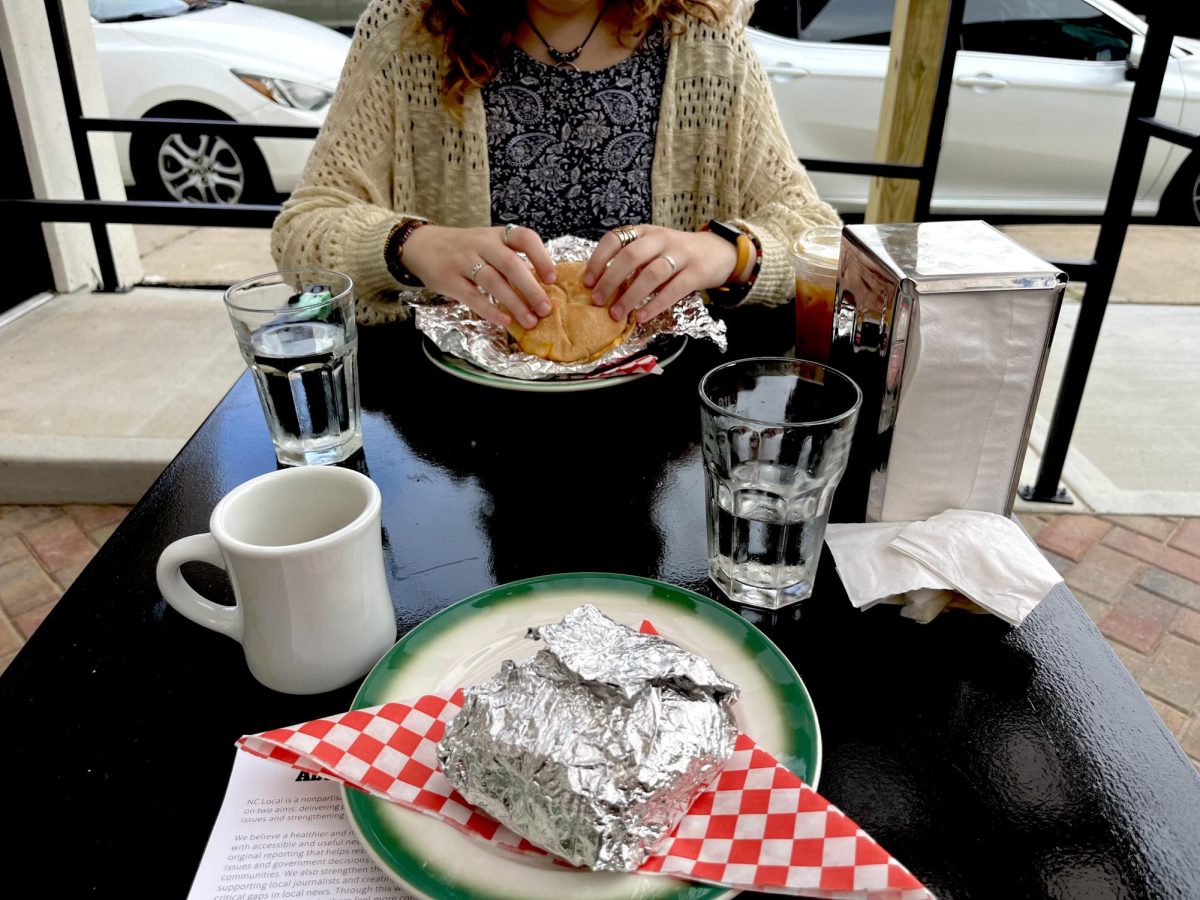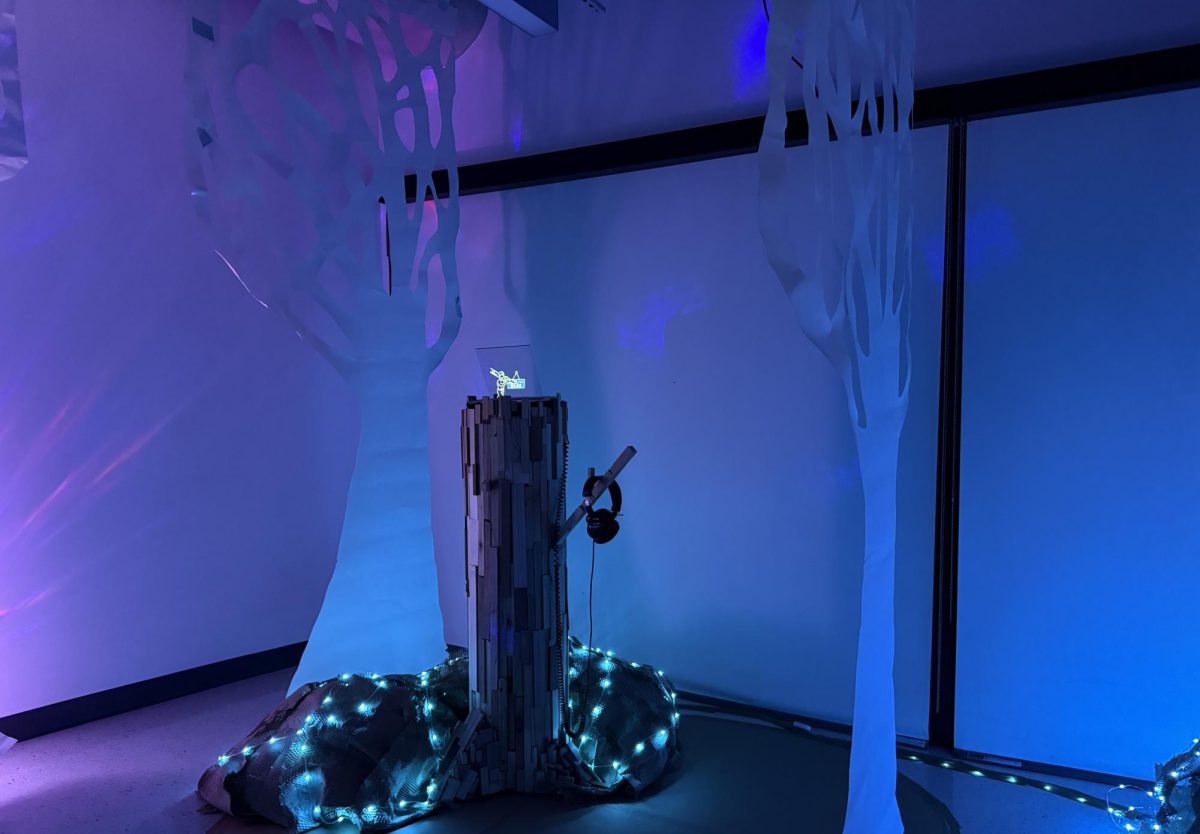By Becca Morello – [email protected] – Contributo
The benefits of arts in education outweigh the accompanying monetary costs, according to arts instructors and experts in Asheville.
“My goal for my students in art is to help expand their creative mind. A creative mind is one that can problem-solve, and everything in life encounters problem-solving,” said Kathryn Carney, an art teacher at Asheville Middle School.
Educators acknowledge the arts as a fundamental part of a thorough education, instilling meaning to a curriculum. Learning the arts allows students to acquire skills education activists deem essential, such as problem-solving, critical thinking, perseverance, collaboration and adaptability.
Research shows studying the arts increases mental development and health, providing the foundation for a higher level of thinking and mental stability. Recent budget cuts due to the economy resulted in a drop of arts programs in schools, affecting students’ mental health.
“Art has been around for as long as we know. Humans’ desire to express themselves through art has been there forever. Music, dancing, drums, whatever it is. We are just really disconnected in our society from art. If we had more outlets for that, I do think people would find themselves healthier. They’d be able to work through some of these things through alternative measures, like painting or dancing or play or photography,” said Cindy Shealy, a social worker at Crossing Point Counseling in Asheville.
The National Assessment of Education progress report from 2008 surveyed students’ overall education, skill level and involvement with the arts. The NAEP’s art report typically surveys four artistic areas, including dance, theater, music and visual arts. Due to budget cuts and the reduced number of schools offering dance and theater programs, the 2008 report only assessed students’ skills in music and the visual arts.
“I think a lot of people, when they make decisions first off, they don’t see art as the core of education, like reading, writing or arithmetic. Their mind goes right away to a lot of left-brain things and a lot of education specialists believe and are still saying, our educational system is still far too left-brain and needs more right-brain activities,” said Laura Bond, drama department chair and professor at UNC Asheville.
According to Carney, the budgets for art programs in the Asheville City school system remain consistent, and said the parent-teacher organization and the school system both offer a lot of support to the arts programs.
“Asheville City schools is really strong in the arts. Their whole thing is experiential education, hands-on learning. You get so much from doing it. That’s what art’s about, doing it, processing it,” Carney said. “I put in a wish list every year and they let me know what’s realistic. Or sometimes they’ll give me a number and I have to meet that number.”
As an arts and humanities magnet school, Claxton Elementary School in Asheville bases its curriculum on the arts, using creative and artistic activities to teach, according to Karen Rigsby, fourth-grade teacher at Claxton.
“It’s a chance during the day for them to do something different besides worksheets, and it hooks them. These kids go home and they’re watching TV and playing with iPhones and they’re not reading and they’re not engaged, and so it takes a teacher to sing and dance and do huge arts-integrated lessons to get their attention. An ounce of effort and you have their full attention,” Rigsby said.
Despite a foundation in the arts, Claxton experienced financial difficulties in the past, according to the UNCA alumna.
“I taught drama here part-time for three years, and then we lost the funding for it,” Rigsby said. “Our PTO really wanted to keep the position, which is why we got the funding and the position back a year later, but we couldn’t find anyone to fill it. I had already taken this full-time position and couldn’t choose a part-time over a full-time, and we actually couldn’t find anybody qualified to fill the position.”
Statistics from the NAEP report a drop of students taking a class trip to an art gallery, exhibit or museum from 22 percent in 1997 to 16 percent in 2008. Carney said she integrates outings and special guests into her course curriculum.
“Last semester I took both of my seventh grade classes down to the River Arts District, and we had three different artist demos going on and then we went up into more studios, and we got to talk to the artists one-on-one about how they got started and what they do, why they’re doing it and challenges they face. It was neat, because the students got to see artists at work, hear their struggles and triumphs and just how they got there,” the Rocky Mount native said. “They got to see that to be an artist and make it as an artist, you have to also have a business mind. That requires everything else they’re doing in this building.”
According to the 2008 report, 57 percent of eighth grade students attended institutions offering music classes three to four times per week. Approximately 47 percent of students attended schools offering visual arts classes just as frequently as music classes.
“It looks like it’s a lot of money for something ‘extracurricular’ or not as necessary. I think that’s where some of their logic comes from, but I think it’s not well-placed logic, and just like it’s important to have our lab sciences and the equipment for the sciences and the athletic programs, it’s important to have the arts. I don’t think one is more important than the other,” Bond said.
The powerful effect of the arts in education results from cooperation between all the other core elements of education, Carney said.
“I try to correlate a lot of things I do with their academic classes, so it’s a little repetitive,” Carney said. “I’ll look at what they’re doing in social studies, for example, and bring it in to the project. They write, they do presentations, use verbal skills; I try to hit on everything so they’re not just playing with paint. The other teachers love it. They really like that I’m supporting them and the kids are having more exposure.”
Categories:
Studies find arts to be crucial part of a holistic education
March 19, 2014
0
More to Discover


![Brooke Pedersen [second from the right] and Luis Reyes [right] hold banners during the Wrap The Woods event.](https://thebluebanner.net/wp-content/uploads/2025/09/ELIZABETH_PRITCHITT_IMG_3470-1200x804.jpg)















